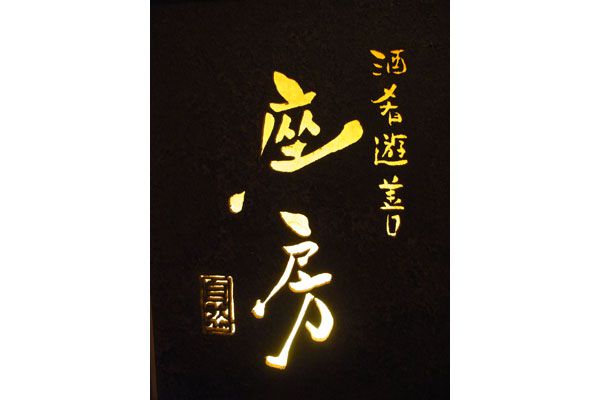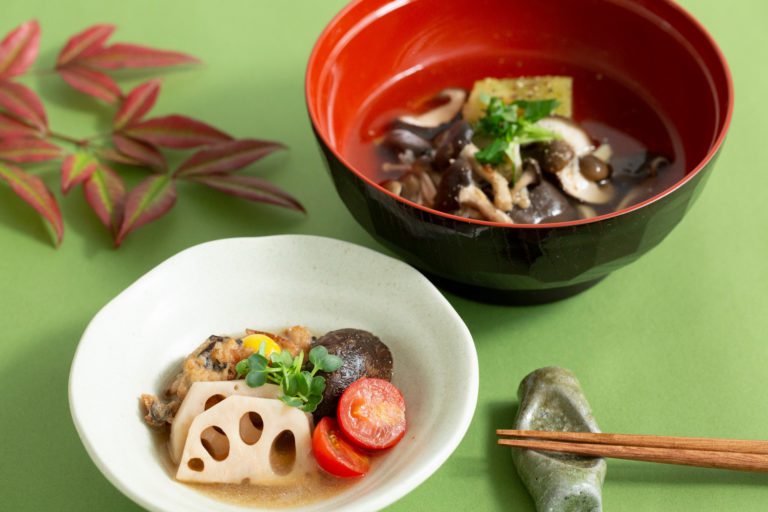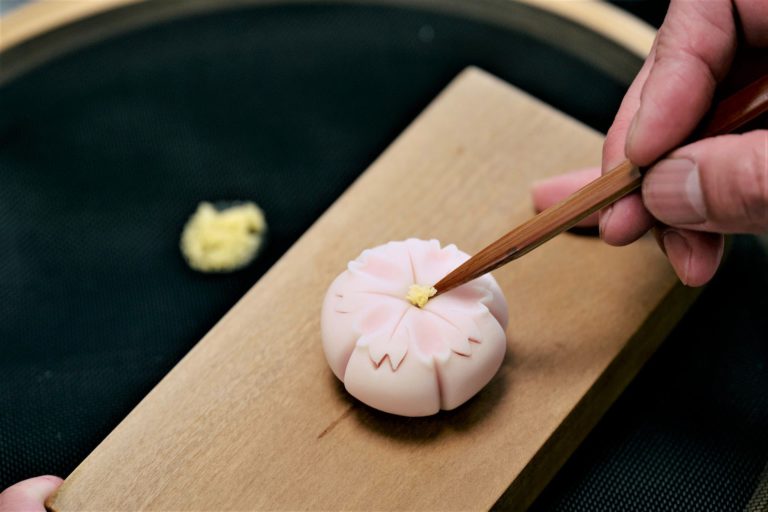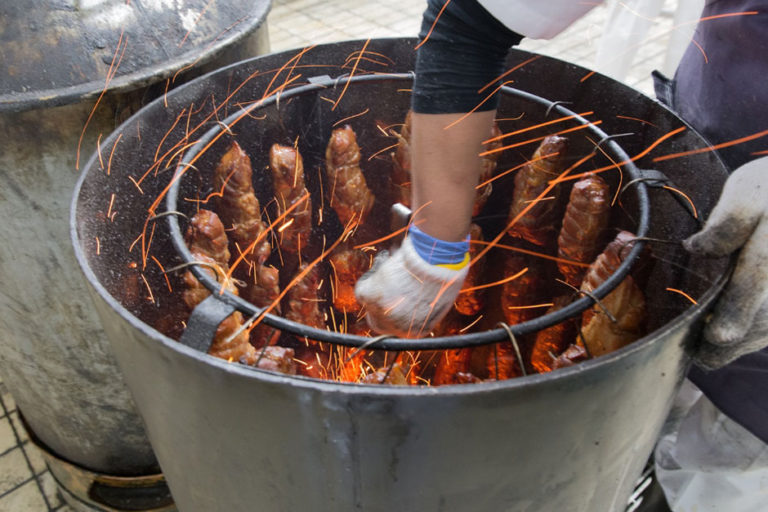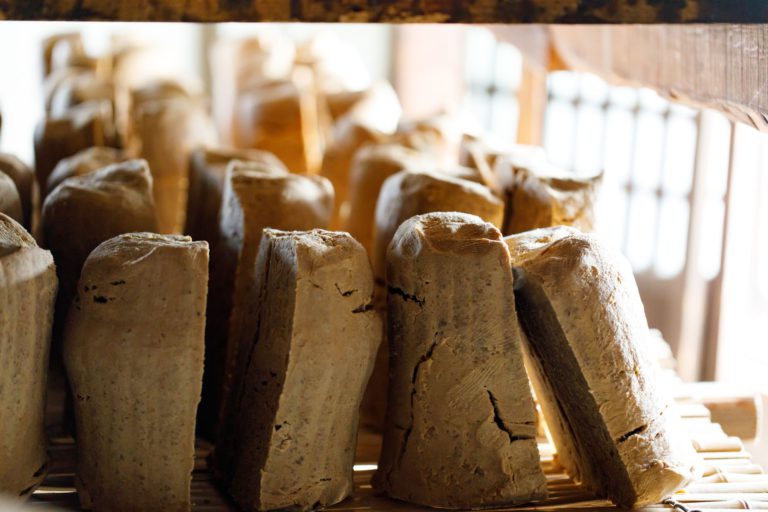Softshell Turtles and Eels Raised by Fertile Lakeland
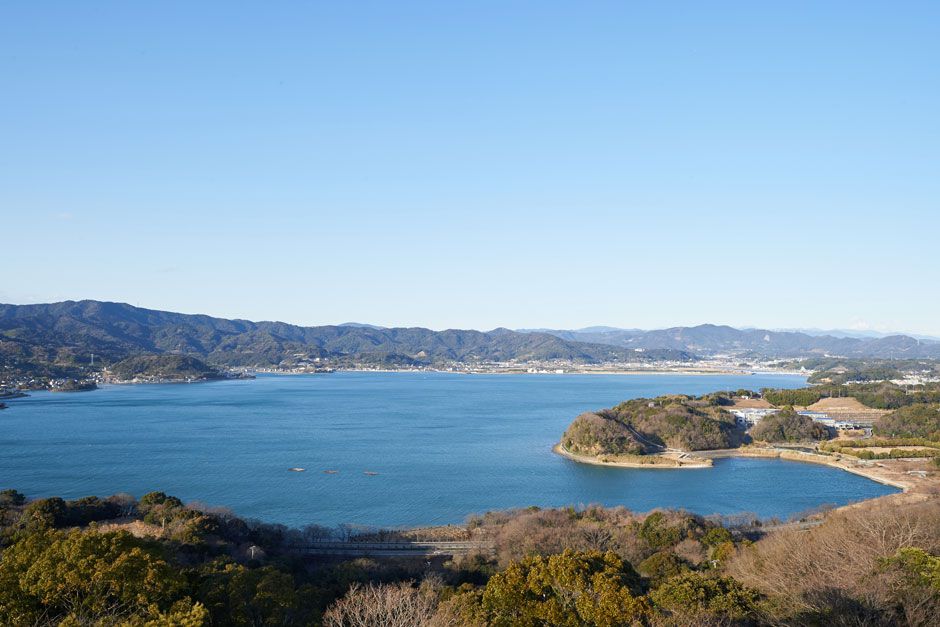
Lake Hamana, in Hamamatsu City, Shizuoka Prefecture, is one such lake.
The lake has a circumference of 114 km, the largest brackish lake in Japan, and faces the Pacific Ocean and the Sea of Enshu. Approximately 40 million tons of sea water goes in and out of the lake per day, yielding rich resources and more than 700 varieties of sea and fresh water creatures. Blessed with this natural environment, softshell turtles and eels have been farmed around the lake, with one of the highest yields in Japan, carrying on their predecessors’ knowledge and techniques to this day.
Softshell turtle farming concentrates on the turtle’s original good taste
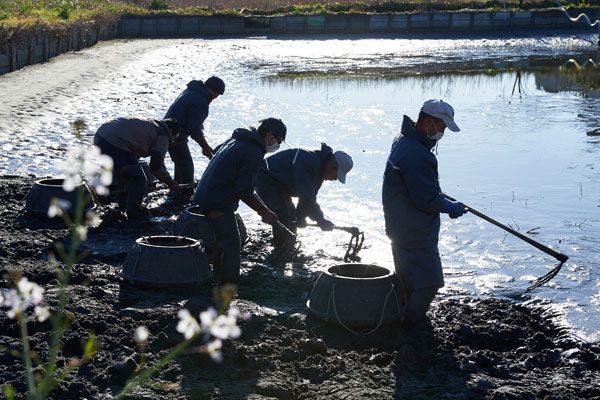
We visited Hattori Nakamura Yobetsujo, the company that farms softshell turtles on the large wetland by the lake.
The company was right in the middle of catching the turtles. Seven to eight workers were in the pond, with mud up to their knees, using Japanese hoes to scoop up muddy turtles. They were stepping in the pond and putting in the hoes carefully to avoid damage to the turtles’ shells.
Seji Hattori, President of Hattori Nakamura Yobetsujo, says “the key to softshell turtle farming is how natural the environment is.”
“We stick to natural outdoor farming. Softshell turtles are very delicate animals so we never use herbicides and other chemicals, let alone machines. The method is very natural so there is a risk of the turtles escaping or dying but it is important to use natural methods to avoid inflicting stress on the turtles, to derive their best taste.”
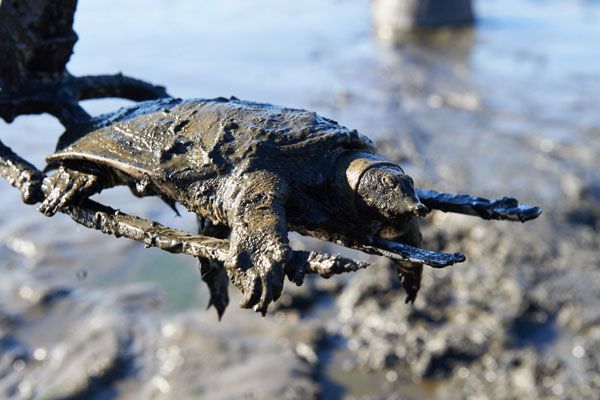
It takes three to four years before naturally farmed softshell turtles are ready to ship, because they are grown with the natural cycle where they are active in the summer eating a lot, and hibernate in the winter. As they grow larger the pond becomes too small, so the farm regularly needs to move the turtles to other ponds.
Hattori Nakamura Yobetsujo’s history started in 1879, when it started researching how to raise eels. At the time, founder Kurajiro Hattori was exploring how to farm softshell turtles alongside his job as a fresh water fish merchant, and chose Lake Hamana as a place to start farming softshell turtles.
Lake Hamana had many wonderful conditions for farming softshell turtles, including the temperate climate, ample amount of food for the turtles, and the geographical proximity to Tokyo and Osaka, the two major consumer areas. For a hundred and several dozens of years, softshell turtle farming has continued in this area, using natural farming methods.
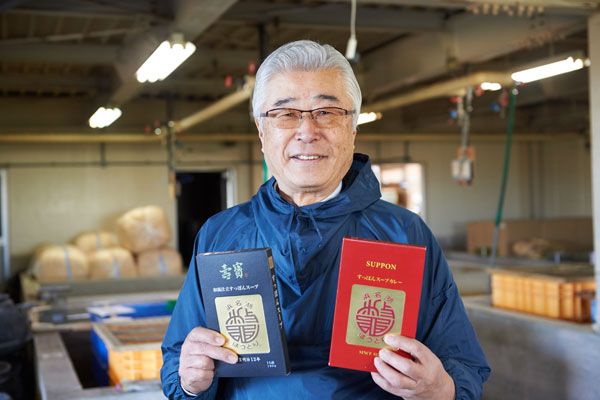
Even though turtles are becoming popular with women in recent years because of their high collagen content, they are still seen as an expensive food. The farm says that they need to do something to change the current situation where the appeal of softshell turtles is not widely recognized.
“I am confident if people have a chance to taste it, they will find it tasty. Softshell turtles that are raised in a natural environment have concentrated richness, lightness and good taste. I would like as many people as possible to enjoy this authentic taste,” Noriaki Hattori, CEO and Chairman of Hattori Nakamura Yobetsujo says passionately.
The company has also developed processed products as an easy way to enjoy turtles. The products range from soups to curries, which can be enjoyed at home, to popularize the consumption of softshell turtles.
Lake Hamana’s eels supported by predecessors’ knowledge
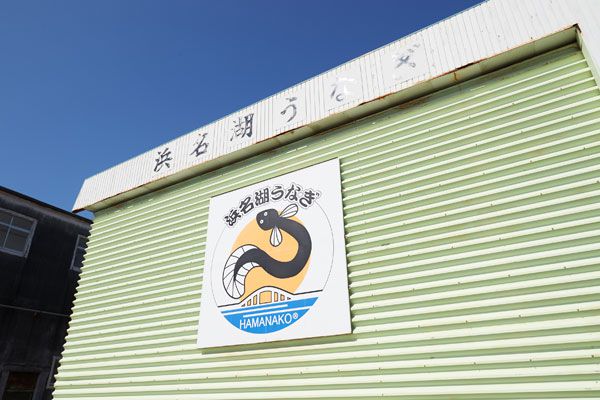
Next, we visited Hamanako Yogyo Gyogyo Kyodo Kumiai (it means “Lake Hamana Fish Farming Cooperative” in Japanese), who farms eels in Lake Hamana. Apparently, eel farming in Lake Hamana started when Kurajiro Hattori, the same person who first started farming softshell turtles, began farming eels in Lake Hamana at the same time.
In Lake Hamana, on top of the temperate climate, eel farming prospered because the Kuroshio Current brought many baby eels from winter to spring.
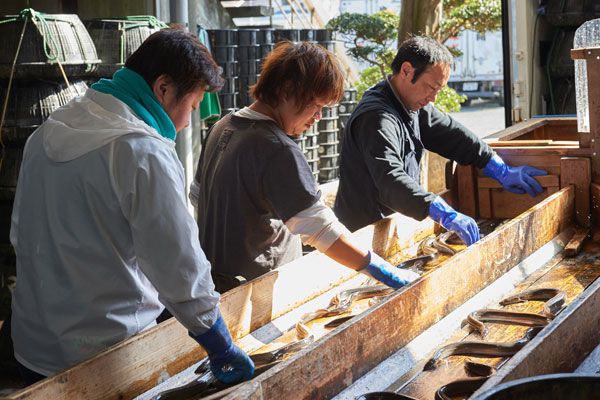
Baby eels are very sensitive and are said to even react to people’s footsteps. Because of this, eel farmers have to pay attention to them at all times, and the eels are raised with much work and effort.
When the shipping season comes, eels are selected with years of expertise. A large number of eels brought from the farm are poured onto wooden selection boards called yoridai, where skilled workers sort them by various attributes like width and length.
The size significantly affects the price of the eel, so it is important to carefully and accurately interpret each eel’s size. It also has to be done quickly because of the sheer volume.
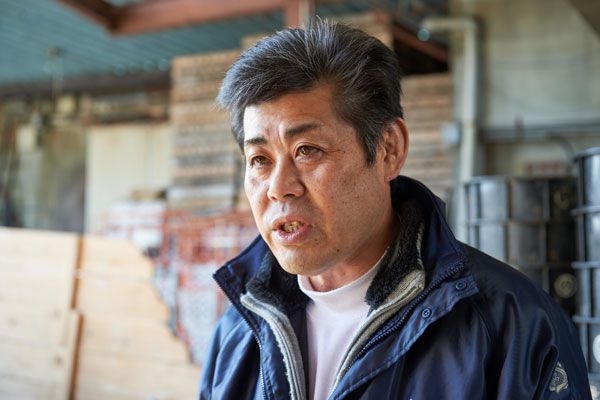
“From long ago we have asked local boat makers to build these boards. There is a reason why it’s wood. The surface of the wood is moderately rough, so the eels slip down the board at the right speed, not too quick. So it helps us sort the eels correctly,” says Tetsuya Oishi of the cooperative.
Just like the farming of softshell turtles, here too were ideas that came from years of working with eels at the job site.
Softshell turtle dishes with concentrated good taste
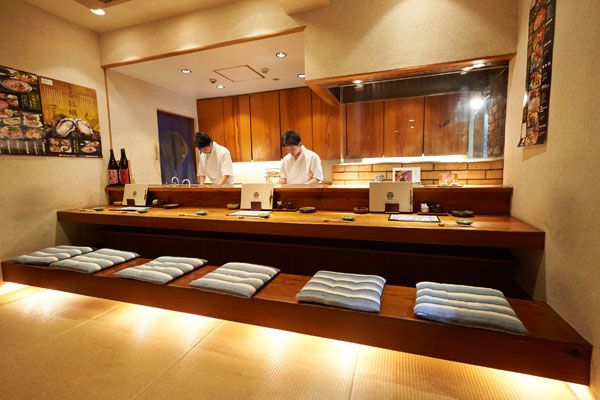
Lastly, we visited Zabo, a softshell turtle restaurant near Hamamatsu Station, to experience the turtle’s taste. Apparently, softshell turtles are edible except for their shells. The restaurant uses a variety of cooking methods to prepare the turtles.
First, we tasted the neck part, char-grilled, of a softshell turtle. The neck is a part of the turtle that moves a lot, extended and pulled back often, so it is very bouncy and filling.
We also had a chance to taste the roe, which is a rarity. It looks a little larger than salmon roe, and each pearl had a richly condensed egg yolk taste.
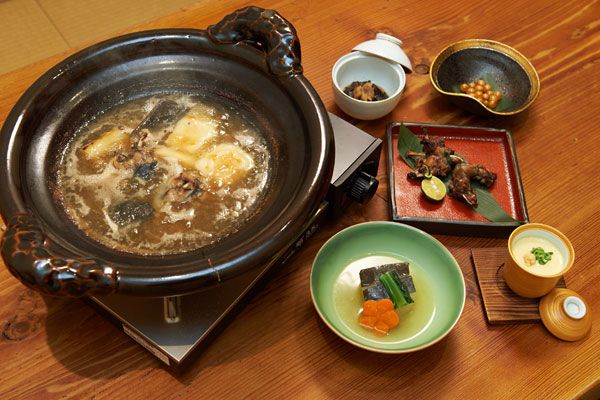
What delighted us more than anything else was the softshell turtle stew, with the good taste of the turtles condensed in the soup. Apart from water, a little bit of sake and soy sauce, the stew is entirely made of turtle extract, obtained by simmering the turtles. The broth is rich because softshell turtles contain more amino acids than any other edible creature.
Explaining why the stew tastes so good, “we just don’t put in anything else. We use a special pot that can handle up to 800°C, and simmer the turtles at high temperatures at one time. Our challenge is how much of the good soup we can take out of the turtles raised by the Hattoris. This soup does not have any unpleasant odor and provides ample amounts of rich broth,” says Kenichi Akimoto, owner of Zabo.
Producers who farm turtles, utilize the blessed environment of the lakeside land and chefs who derive the best taste from the turtles. Why not delight in the long-lived food culture of Lake Hamana?
Softshell turtles of Lake Hamana
Source:Seji Hattori, Hattori Nakamura Yobetsujo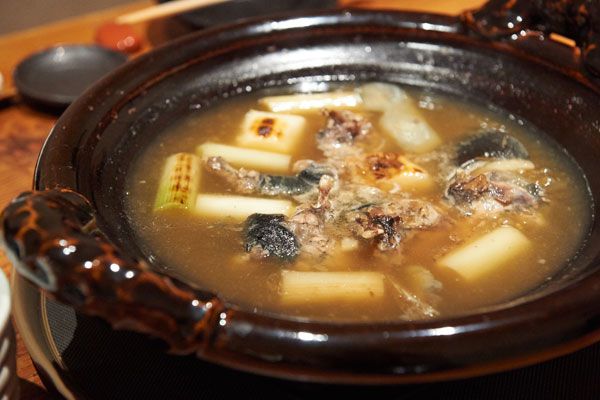
Peak Season
Softshell turtles are available throughout the year, but they are best recommended in the late autumn to winter when they are fatty, storing nutrients in preparation of hibernation.
How to enjoy them
Soups. It is best to simmer the turtle at high temperatures at one time, to extract the ingredients yielding its good taste.

